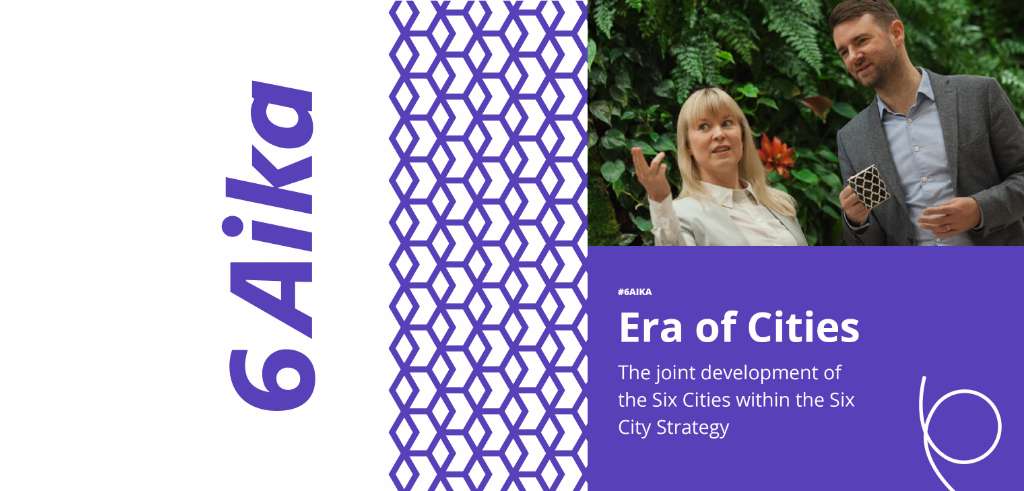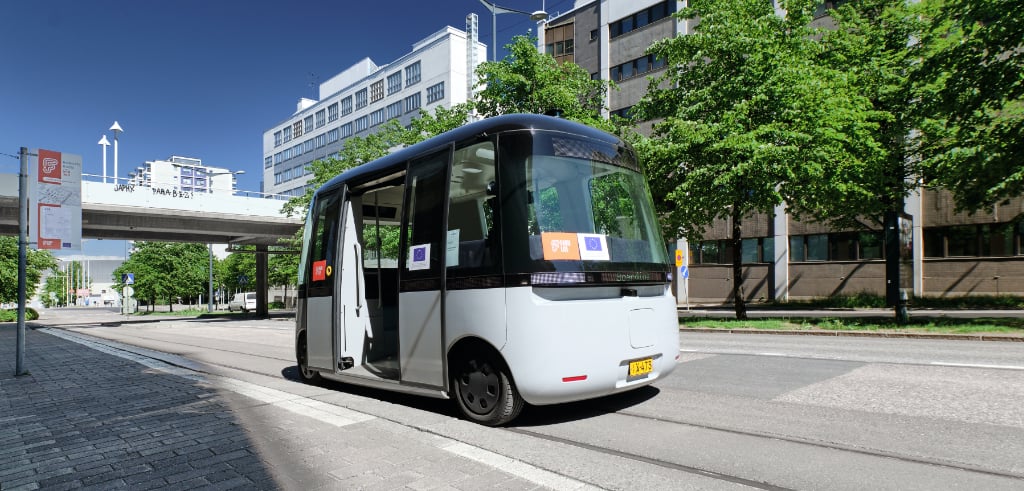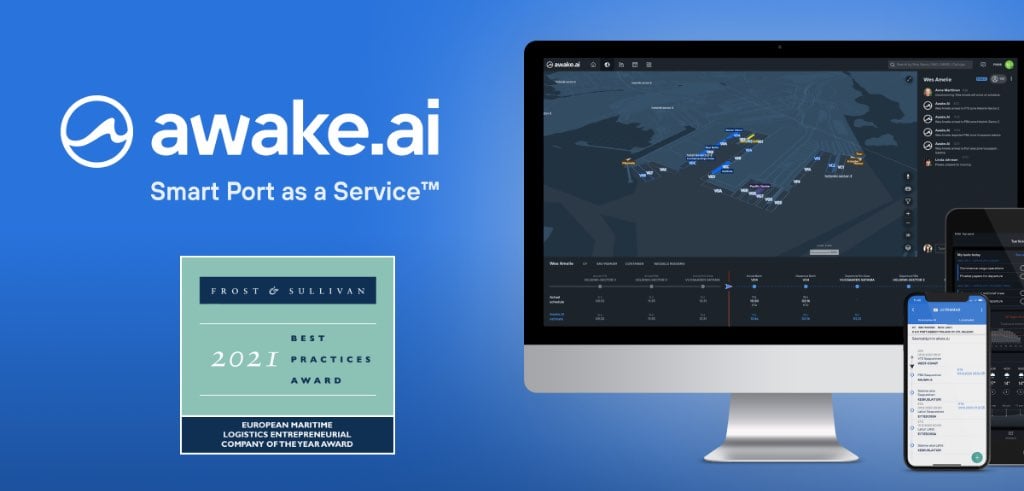We sat down with Sampo Hietanen, CEO of MaaS Global, and talked about the factors and principles behind their massively successful fundraising and media presence, with over one billion media hits counted so far.
Turns out their media and fundraising successes were very connected. While most companies struggle to get investors to take a call with them, MaaS Global has had massively successful corporations like Toyota, BP and Swiftcom call them and ask if they could invest. Here are 5 + 1 key takeaways from the discussion that sparked from a simple question:
“How do you get the leading corporations in your industry to call and offer you money before you have even registered a company?”
1 Champion the phenomenon
If you think you have an idea that makes sense and is valuable, don’t hoard it. To achieve big things, turn ideas into phenomena by spreading them as widely as possible. Most ideas are more valuable the more people believe in them. Beliefs should be firmly fact-based, but a mere fact that no one believes in is not going to change the world for the better.One of Sampo’s PR principles is “If you don’t have a specific reason to keep it a secret, let it be public.” This is especially important in the mobility sector, where stakeholders are key to the success of many ideas. You’re not likely to have many people working in the same direction as you if you’ve kept your idea a secret. That way the idea will forever stay as just an idea, without getting a fair opportunity of becoming a phenomenon.
A phenomenon is an idea that large numbers of people actively think about, and which influences their actions. The most active and cooperative proponents of a phenomenon will be seen as its leading experts. These will be the people whom the biggest corporations and investors seek to partner with, once they’re convinced they don’t want to miss out on the phenomenon.
2 Understand large organizations
When you’re seeking investors and partners, the most influential ones are often large organizations. They can be different from your startup in almost every way, despite having many shared interests. One of the ways is that while startups are focused on new ideas and willing to take risks, large organizations are very stable, their managers have good salaries, and no one wants to lose that. When an influential magazine like The Economistwrites an article about how a new phenomenon will disrupt industries, the idea becomes too big to ignore. While an unknown idea can be hard to push forward in a risk-averse organization, well-known ideas turn the tables: managers may have to explain themselves to their superiors if they’re not actively making sure their company will be well-positioned to make the most of the change that looms on the horizon. No leader wants to be known as prone to missing billion-dollar opportunities.3 Get the word out there
To turn an idea into a phenomenon, you should speak of it at every opportunity – especially in the media. Discuss with other experts and enthusiasts in gatherings (to improve your understanding and to have everyone on the same side, working to spread the same idea), write blog posts, feature on podcasts, speak at events, write articles, give interviews, and use other ways in which you can get the word out. The impact of an idea is dependent on how many people have internalized it, which is dependent on how many people have heard it, how many times, from how many different channels and so on. Repetition is key.Different media have different audiences and credibility, and in most cases bigger and well-established media are better for getting your message across. However, don’t ignore the smaller media either. Every media has its audience, and one perhaps surprising thing about smaller media is that they’re often followed by bigger media. Don’t hesitate to reach out to every media directly, including the big ones, but also note that the more you’re featured on smaller media, the more likely you’ll be noticed by forward-looking journalists and topic scouts of bigger media. Get your story told in as many places and as often as possible.
4 Make people care
In addition to using clear and persuasive sentences, make sure you know all the key facts of your industry. Preferably a few other industries too. Why is this industry or segment growing faster than others? How much faster? For which companies does it offer strategic opportunities? What kind of?
More than just the markets, you should understand things from the points of view of all key stakeholders. You can’t be seen as a champion of a phenomenon unless you can get key stakeholders to realize its importance for themselves. E.g. if you’d like company X to become your partner, they’ll be much more interested after reading from a magazine about how your market segment grows much faster than their core ones, as well as indications that expanding there could be a good strategic fit for them. You might even get multiple competitors reaching out to you, none of whom wants to lose out on an opportunity to benefit from the growth of a new segment through a partner that understands it thoroughly – you.
But don’t just focus on the ups. Acknowledging issues doesn’t only show you as a realist, it can be a great way to inspire and instigate action. If you want a specific thing to happen, showing examples of where something similar was done well can both inspire and instigate action. If your home market is lagging behind due to outdated legislation, find the best examples internationally and spread them locally. If an ideal partner corporation is hesitant about the benefits of a specific partnership, find the closest example from any industry, how much it benefited the participants, and by extension, how much is this company at risk of losing out on if they don’t give it a shot.
In addition to numbers and markets, always remember to keep things relatable for humans. It is masterful when you get the business reader to understand how you are going to improve their company’s bottom line. But that’s only half of it. The other half is to touch every individual in attendance on an emotional level and get them to think “that would be cool for me personally, or to someone close to me”. The whole MaaS phenomenon started snowballing from a presentation slide that described different mobility packages in the simplest way possible, like an ad would. That slide wasn’t about market sizes and megatrends. Instead, it made things relatable and put the human in the center.
5 Know what actions you want others to take
The best outcome from any media visibility is when people take actions that are beneficial for you. Make sure you know these actions by heart and never miss out an opportunity to mention them, and why everyone benefits from taking them – not just you. If you’re going to an interview, whether podcast or otherwise, you can talk about these shortly beforehand. This way the interviewer can plan their questions so that you’ll get to speak about these topics naturally.
Always have your key goals in mind so that you’re prepared to capture the moment when you randomly encounter a representative of the media or another key stakeholder, like a corporate executive. “You know, your company would really benefit from doing X, but stand to lose big time if you’d be the last in your industry to do so” is much more persuasive than “I probably have an idea for you, can I email you later?”
+1 Think broadly
Communicating is how two or more minds synchronize on ideas, knowledge, plans, beliefs and so on. Media is a way of effective mass communication – in helping many other minds synchronize with your idea. Think beyond traditional articles, video interviews and so on. Think of all the ways your stakeholders get communicated to, and the chains of communication leading to this.
For example, a company executive may be most persuaded by their child asking what is mommy or daddy doing to save sea turtles from plastic waste in the ocean. Being able to explain things in an understandable way can help you reach an even broader audience, which can help you reach your key stakeholders through third-party repetition like this.
Academic research is another example of a vastly underrated media. If you want your smart mobility business to not die a death of a thousand roadblocks, it can be helpful to give interviews to academic researchers. Academics are generally not businesspeople, so they can really benefit from a discussion with you to understand the basic dynamics of your industry and idea the right way around. The most influential part of academic research is its executive summary, where the author shares their ideas of what can work to make things better. Many of these ideas can come from you – and now have one more point of academic validation to support them. The questions that academics pose in their studies, and the methods they seek to answer them, also benefit from having your insight into what’s noteworthy. Those can be surprisingly basic things for you, but they can be instrumental in helping the researcher accomplish a productive outcome. The bad scenario to avoid is that the academic misunderstands key fundamentals related to your new idea, does a flawed study that “proves” the idea is bad for everyone, and the study gets circulated among decision-makers, some of whom will know no better than to trust it and act accordingly. Good luck trying to build a business if a law or another long-standing decision stands in the way. It’s much harder to argue with a flawed study after it’s published than it would have been to give an interview.
As a leader one of your tasks is to always seek out the best ideas from any source, and then spread those ideas so that key decisions and actions will be taken accordingly. The more you’re spreading those ideas, the more you’re doing to drive the change you want in the world.
The more radical and innovative an idea you’re driving, the more you should prioritize getting media coverage for it. Especially if you’re building a startup, getting significant media attention can be life-changing. It certainly has been for Sampo and MaaS Global.











